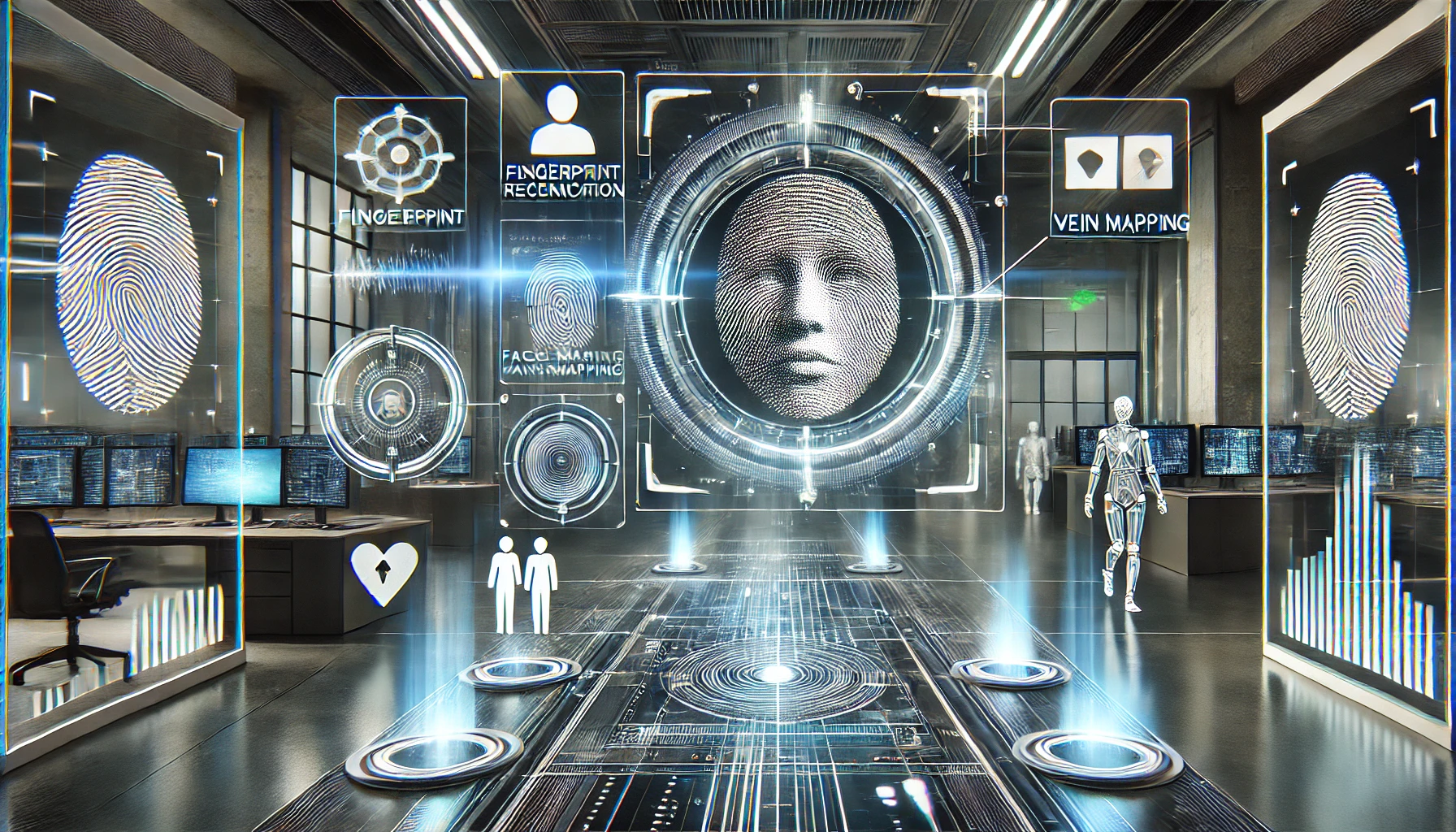Biometric Advancements in Security: Emerging Solutions Beyond Fingerprints and Facial Recognition

Introduction
As our digital footprint expands, safeguarding personal identity is more crucial than ever. Traditional biometrics like fingerprints and facial recognition are foundational but come with limitations such as privacy concerns and susceptibility to hacking. New advancements like gait analysis, vein mapping, and behavioral biometrics are emerging to bridge these gaps. This article dives into the latest in biometric technology, examining how these innovations could reshape user authentication and cybersecurity at a global scale. Key terms like 'biometric security', 'gait analysis', and 'next-gen biometric technology' introduce readers to the scope of this evolving field.
Historical Context: The Evolution of Biometric Security
Biometric security has its roots in the early 20th century with the introduction of fingerprinting for criminal identification. Fast forward to the 21st century, and facial recognition has become common in everything from smartphones to national security. These technologies revolutionized identity verification, offering unprecedented accuracy. However, these methods have also faced their share of controversies, from concerns about privacy invasion to identity spoofing. Examining the historical context highlights how early biometric innovations paved the way for current technologies, incorporating primary and long-tail keywords like 'evolution of biometric security' and 'history of biometric technology'.
Current Challenges in Biometric Security
Despite their effectiveness, traditional biometric technologies are not without challenges. Privacy concerns are prevalent, with users often wary of how their data is stored, used, or potentially exposed to hacking. Moreover, the accuracy of traditional methods can be compromised by factors such as aging, lighting conditions, and even physical injuries. Facial recognition, in particular, has come under scrutiny for its potential biases and inaccuracies in identifying individuals of diverse backgrounds. In this section, keywords like 'biometric security risks', 'privacy in biometrics', and 'identity theft protection' are used to underscore these ongoing issues, setting the stage for the need for advanced solutions.
Case Studies: Innovative Biometric Solutions in Action
Emerging biometrics like gait analysis, vein mapping, and behavioral biometrics are offering advanced solutions for security. Gait analysis, which identifies individuals based on their unique walking patterns, has shown promise in high-security areas like airports, with trials demonstrating its effectiveness in identifying suspects. Vein mapping, a technique that maps the vein patterns beneath the skin, offers a level of security as veins are difficult to replicate or alter. Behavioral biometrics, which monitor patterns in how users interact with devices, can add an additional layer of security against cyber threats. Globally, countries are adopting these technologies: Japan has integrated vein mapping for secure ATM transactions, while China has deployed gait recognition in public spaces to enhance surveillance. In these examples, primary and short-tail keywords like 'gait analysis', 'vein mapping', and 'biometric technology in security' reinforce the relevance of these case studies in modern security.
Solutions and Best Practices in Implementing Advanced Biometrics
Adopting advanced biometrics necessitates a careful approach to ensure both security and user privacy. A popular best practice is the integration of multi-factor authentication (MFA), which combines biometrics with another verification method, such as a password or a PIN, to increase security. For example, vein mapping paired with behavioral biometrics can greatly reduce the risk of unauthorized access. Additionally, the use of artificial intelligence can aid in recognizing abnormal behavior patterns, providing real-time alerts on potential security breaches. Proper encryption and secure data storage methods are critical for protecting sensitive biometric data from cyber-attacks. This section integrates keywords like 'biometric multi-factor authentication', 'AI-enhanced biometrics', and 'secure biometric storage solutions' to reinforce SEO while providing a comprehensive look at effective practices.
Future Implications: The Next Frontier of Biometric Security
The future of biometrics looks toward increased integration with AI and IoT technologies, promising real-time, adaptive security measures. For instance, wearable devices could employ continuous authentication through a combination of behavioral biometrics and real-time health data, ensuring secure and seamless user experiences. Additionally, as governments worldwide implement stricter data privacy laws, future biometric systems will likely adopt a 'privacy by design' approach, embedding data protection measures at every level. In the healthcare industry, biometrics may revolutionize patient verification, making medical records more secure while preventing fraud. This section explores the impact of trends in biometrics on various sectors, optimizing for SEO with targeted keywords such as 'future of biometric security', 'AI in biometric authentication', and 'privacy-first biometrics'.
Conclusion: Embracing New Frontiers in Biometric Security
In summary, biometric security is evolving beyond conventional methods, offering innovative ways to verify identities. While traditional biometrics like fingerprints and facial recognition have laid the groundwork, the future lies in advanced technologies such as gait analysis and vein mapping, which address issues of security and privacy more effectively. As cybersecurity threats grow, these next-generation biometrics may become standard in both public and private sectors. This closing reiterates keywords like 'next-gen biometric technology' and 'advanced biometric methods' to strengthen SEO.
What are your thoughts on these emerging biometric solutions?
Could they truly address today’s privacy and security concerns, or do they introduce new challenges? Join the conversation on Reddit or Twitter and share your perspective!



